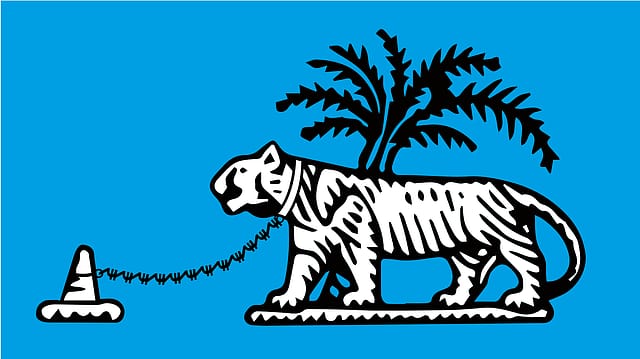RBI’s rupee dilemma
ADVERTISEMENT

It’s turning out to be a bad pre-election year for the government, at least on the financial front. Whatever political gains have been made by the Bharatiya Janata Party-led National Democratic Alliance (NDA) seem to be negated by inflation worries and a rising current account deficit (CAD), exacerbated by rising crude oil prices and an exodus of foreign portfolio funds. The governor of the Reserve Bank of India (RBI), Urjit Patel, has already warned that global trade wars (particularly between the U.S., China, and the European Union) could result in a currency war. It’s impossible for any government to control such global events. But when such events hurt domestic prices and industry, somebody has to do something. In our case, that somebody is Patel, as head of the RBI, and the something is to stabilise the volatile rupee.
The rupee has been in free fall from January, depreciating nearly 10% to below ₹70.07 to a dollar. Between April and May this year, the RBI sold nearly $8 billion to shore up the rupee— which had lost 3.4% to the dollar in this period—as foreign investors pulled out ₹45,337 crore worth of equities and debt from the Indian market. It will have to continue to do something similar as the rupee continues to fall.
January 2026
Netflix, which has been in India for a decade, has successfully struck a balance between high-class premium content and pricing that attracts a range of customers. Find out how the U.S. streaming giant evolved in India, plus an exclusive interview with CEO Ted Sarandos. Also read about the Best Investments for 2026, and how rising growth and easing inflation will come in handy for finance minister Nirmala Sitharaman as she prepares Budget 2026.
In fact, a recent study by Bank of America Merrill Lynch points out that the RBI will need to pump nearly $50 billion into the market by selling U.S. securities to keep the growth momentum going and rein in CAD to 2.4% of GDP, with the rupee breaching 70 to a dollar.
Conventional economic wisdom says that a depreciating rupee is good news for Indian exporters. Which would be true if not for the escalating trade war between the U.S. and China, where China has been devaluing the renminbi to negate the effects of U.S. tariffs. That has led to a host of emerging markets also devaluing their currencies as they try to protect their markets. So, a depreciating rupee that would otherwise have helped exporters is now unable to work thanks to trade protectionism and global devaluation of currencies.
It sounds like bad news all around, though some economists say the real impact of the rupee on export growth will only be felt in the long term, if at all. So, for Indranil Sen Gupta, India chief economist at Bank of America Merrill Lynch, “it is far more important to have a stable rupee”.
The need for a stable rupee is, of course, paramount. But how is the RBI to do that? Patel is in a cleft stick on this. If he allows the rupee to weaken further, investors will move to safer havens and outward remittances will increase. If he protects the rupee more, it will lead to a depletion of foreign currency reserves.
The RBI is walking a tightrope with its second interest rate hike in four years, even as it maintained its full year economic growth forecast at 7.4%. This encouraged markets, which usually get spooked by interest rate hikes, and the benchmark Sensex actually closed 1% higher on the day of the announcement.
With the dollar crossing ₹70, the central bank will have to raise $30-35 billion. Sen Gupta says that it should not be a problem as non-resident Indian bonds can be issued. “NRIs have never disappointed us,” says he, referring to what previous governments did in 1999 and 2013. Faced with a dropping rupee, the government launched a special foreign currency non-resident deposit scheme to garner dollars in 1999 and a Resurgent India Bonds scheme in 2013.
But Patel’s problems don’t stop with this. There’s $222 billion of short-term debt—nearly 52% of the country’s forex reserves—coming up for maturity by March 2019.
“While we may not see any defaults because most of the money has been raised by big corporates, it is likely to create a lot of nervousness in the market among foreign investors,’’ says Sen Gupta. And that only means less flow of capital into the country when the country needs it the most. Patel and the RBI will have to manage this well. Clearly, his time on the tightrope isn’t over.
(This article was originally published in the September 2018 issue of the magazine.)
